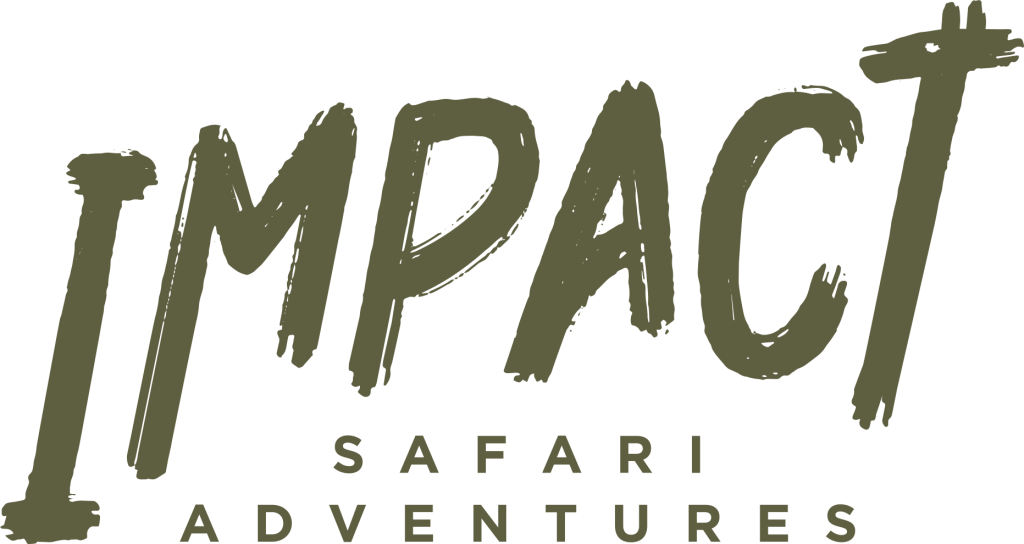- +255 763 859 885
- info@impactadventures.co.tz
- Arusha - Tanzania
Menu
Ruaha National Park is part of the larger Rungwa-Kizigo-Muhesi ecosystem that covers an area of 17,000 square miles (45,000 sq km). Along with Ruaha, the area includes two other game reserves and a wildlife management area. There are three primary areas for safari game-viewers to explore. The Ruaha River area is the most stunning with Mdonya woodlands and the Mbage-Mwagusi circuit.
Ngalambulwa Mountain is the tallest point in the park reaching a summit of 5,250 feet (1,600 m). Grasslands and rocky terrain surround this massif adding to the varying landscapes.
The great Ruaha River travels along the southeastern border of the park. The river name serves as the source for the national park name. This water source also serves as a draw for safari game viewing. A second river, Njombe traverses the park through gorges and rocky broken landscapes. Crocodiles can be commonly seen sunning on the banks of the rivers.
The dry seasons shrink the river, which draws wildlife in for drinking. It becomes an excellent game viewing area. The large gatherings of elephant, giraffe, buffalo, kudu, and impala can often be seen in herds around the riverbeds. The Mdonya woodlands are a great area for seeing hartebeest, sable, and roan antelope. The Mbage-Mwagusi circuit provides a good chance for seeing elephants.
The largest collection of elephants is located here in Ruaha compared to anywhere else in Tanzania. Similarly, there is almost a guarantee that safari-goers will see Great Kudu because of their population.
The park predators feature lion, leopard, cheetah, spotted hyena, and wild dog. The park serves as one of Tanzania’s Lion Conservation Units. Giraffe, buffalo, hippopotamus, zebra, warthog, and sable antelope are some of the popular species found within the park.
Ruaha is also a bird lovers paradise with over 570 species of birds found within the park. Hornbills, raptors, bee-eaters, rollers, and many other species make bird-watching a popular activity in the park. This is also home to the rare Eleonora’s Falcon during the months of December and January.

There are no trails in the national park, however, there are guided walking safaris that allow visitors to hike in the park. This is a national park with predator species and other wildlife that must be respected. Pay attention to your surroundings even though you are hiking with a guide on a planned walking safari.

Our joy and excitement of living in Africa and the passion to share ‘our’ Africa with hundreds of thousands of guests’ has been an incredible journey and nothing could have been more rewarding than to hear the laughter of our excited guests when they share memories with us.
Impact Adventure and Safari Limited.
Usa River, Arusha -Tanzania.
Copyright ©2023 Impact Adventure and Safari Limited